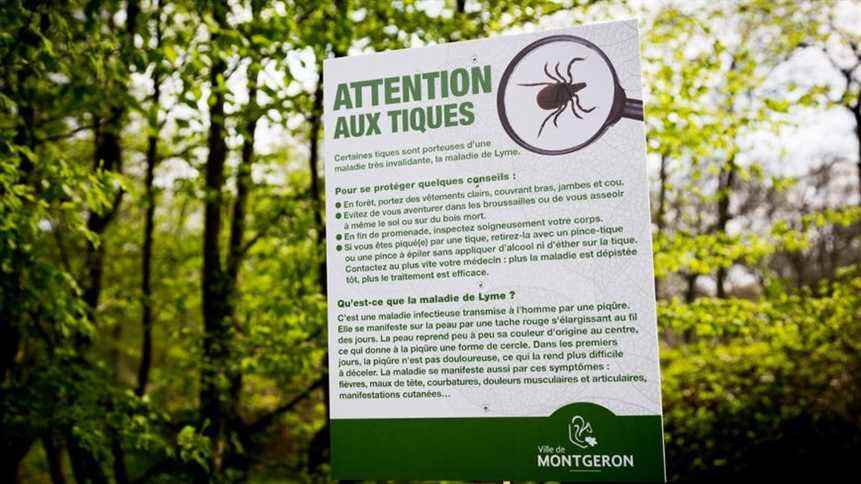In a press release published on Thursday, the National Health Security Agency (ANSES) warns against “the ticks”, “particularly active in spring and autumn” in the gardens and in the forest. She recalls that “ticks are the main vectors of pathogens responsible for infectious diseases in Europe” and that they transmit in particular “the bacterium that causes Lyme disease” which can cause, if left untreated, “dcutaneous, muscular, neurological and joint damage, sometimes very debilitating”.
If tick bites are often associated with forest walks, “this risk also exists in gardens” recalls ANSES: 25% of tick bites are listed there, according to the Tick Signaling application.
The precautions to take
To prevent this risk, the agency calls for “Warning“and to take”some precautions” as “use repellents”, “wear some closed shoes and covering clothes light in color, to better spot ticks on the surface of the fabric”, “avoid walking in the middle of tall grass, bushes and low branches”. She also recommends “privileging marked paths and to “to inspect oneself” returning from walks.
Spot a tick bite
“In case of infection, a red halo appears on the skin a few days after the bite, most often around the latter, and spreads in a circular fashion”, warns ANSES.
In the event of a sting, it is necessary, according to his advice, “immediately detach attached ticks using a tick puller, fine tweezers or, failing that, your fingernails“. “Do not use ether or any other product under any circumstances and disinfect the wound”, reminds the Health Agency which invites people affected by tick bites to monitor their bite “during many days” and to consult a doctor in case of symptoms.
